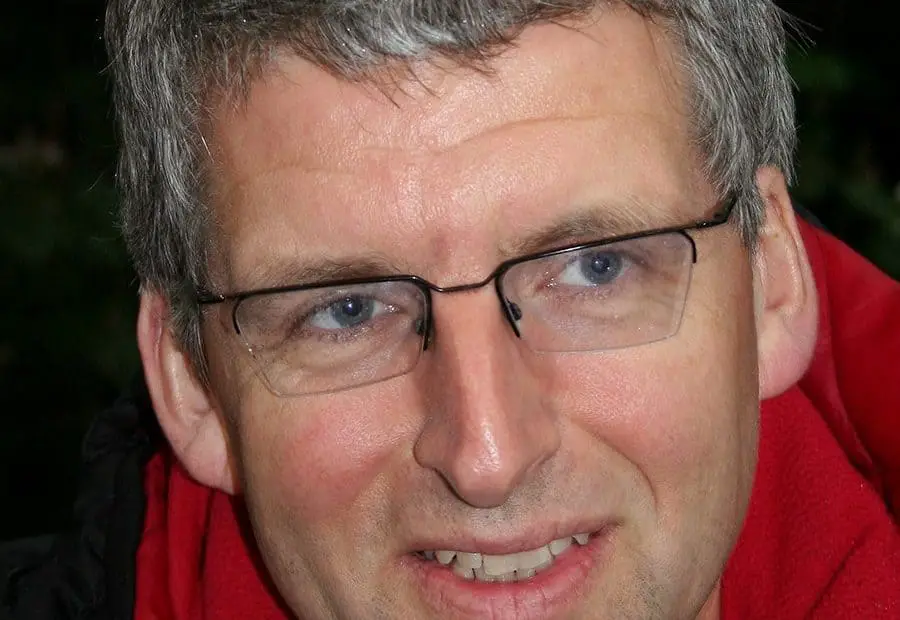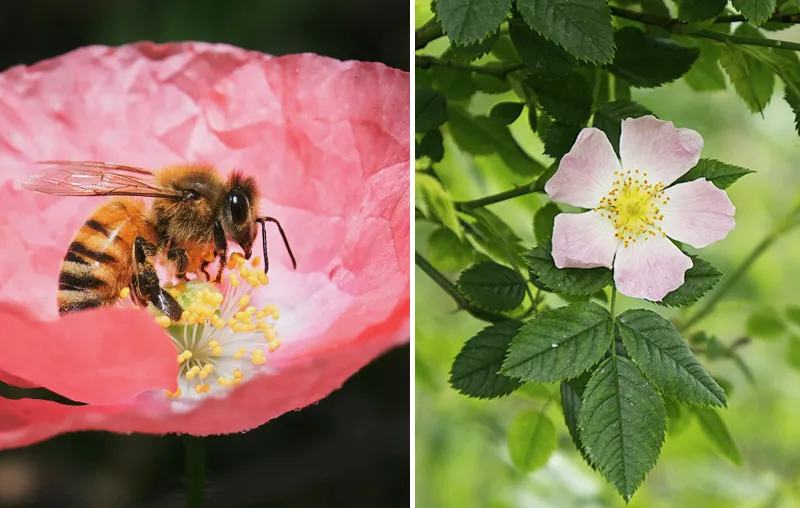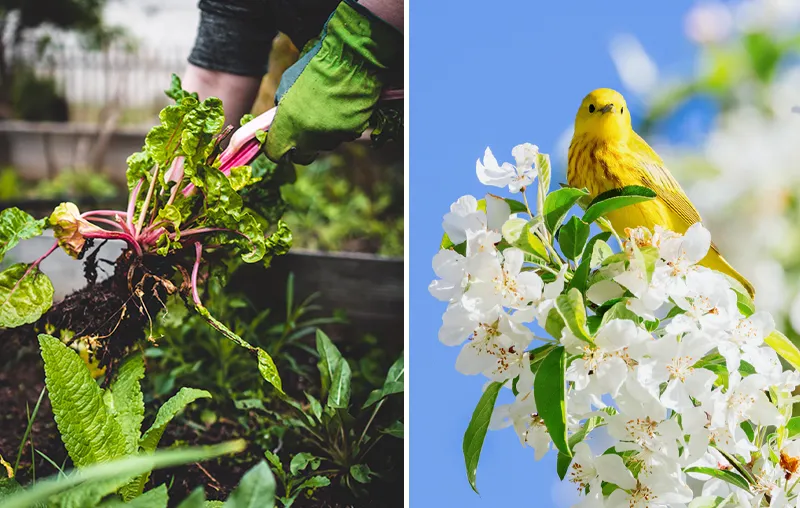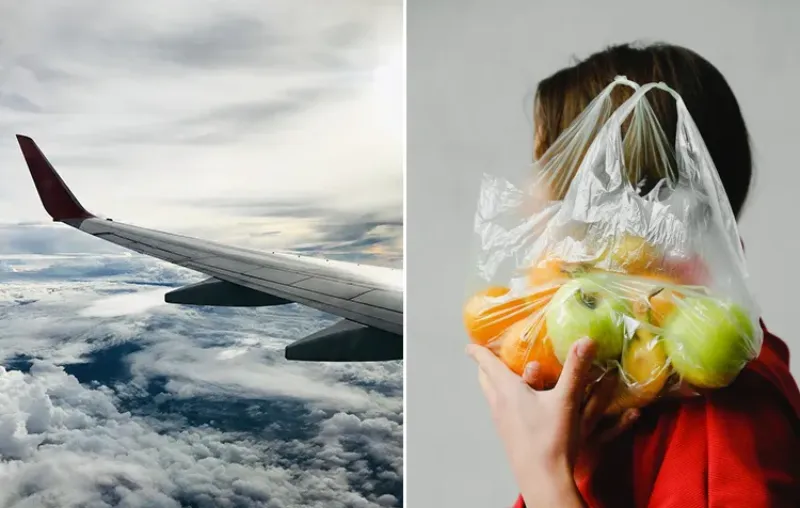Today I had an appointment with Dr. Bernhard Bauske from WWF for an interview on the subject of plastic waste in the environment. He has been working for WWF for more than 20 years and knows the current plastic waste situation better than anyone else. I am very pleased that he took the time for a personal interview. If you have further questions, just write them below in the comments of the plastic waste interview.
Dr. Bauske, could you briefly introduce yourself and your work? What does your day-to-day work look like?
Dr.Bauske: My name is Bernhard Bauske. I work for WWF Germany and, to be more precise, I work in the marine conservation department, which of course also deals with many other marine issues such as fisheries, protected areas or even coral reefs. I deal specifically with the topic Plastic waste in the world's oceans and I am in close contact with the international WWF's, who are also concerned about this issue. Together we are investigating the main causes of plastic waste and working out strategies to prevent plastic waste in the sea in the future. Much of the plastic waste comes from land, through inadequate waste management. Therefore, we have decided to focus our work on the prevention of plastic waste and the proper controlled collection of the waste before it can reach the oceans.
We are dealing with the question "Why is waste disposal inadequate in many countries?" and have found major differences here between Germany and countries in Southeast Asia. The reasons for these differences are the legal framework, the personal attitudes of the people and the lack of financing for waste disposal in the respective countries. In Germany, we have partial financing by industry, which means that the waste is collected via the dual systems such as the "yellow sack" and further recovered, sorted and recycled. This is paid for by the industry through license fees on packaging. However, this system does not yet exist in many countries. This aspect is an important part of our daily work, because we are calling on politicians to adapt the framework conditions in the direction of a global convention on plastic so that it is collected again and does not end up in the environment. In addition, we would like the extended product responsibility for packaging to be transferred to the very companies that bring this plastic packaging to the markets. To achieve this, we need to reach out to politicians, the public and, above all, companies. Another aspect are projects of the local WWF's on site.
These projects deal with the questions of how plastic waste can be reduced and how consumer communications can be made more effective. Organizing & coordinating these projects, as well as pushing public relations on a political level, are currently my tasks. For example, I was recently in Vietnam for a WWF Vietnam project on the Mekong Delta. The problem here is that a lot of waste is simply dumped in the landscape because the capacities for waste treatment are lacking. The Mekong area is often flooded and takes the plastic waste with it into the sea via canals and tributaries of the Mekong. We want to improve waste separation and facilitate processing, e.g. of the organic fraction into compost.
Where does all the plastic waste in oceans and rivers around the world come from?
Dr.Bauske: Since the conditions vary greatly from region to region and many different figures have to be used, this question is very difficult to answer across the board. In part, we have sources that can be traced back to the sea, for example lost fishing nets or other things used in fishing. While there is a lot of illicitly thrown over the railings that doesn't belong in the sea, most of the plastic waste actually enters the sea via the land.
Due to the fact that the garbage is not collected properly or ends up on the shores and rivers, it is gradually washed into the sea. Our focus is on the region of Southeast Asia, because we assume that this is the main source of plastic waste in the sea (Note Christoph: According to this study by the EllenMacArthur Foundation. 82% of the plastic waste lying at the bottom of the sea comes from Asian countries). The reason for this is that growing prosperity means that more and more is being consumed. What used to be offered here naturally and unpackaged in wooden or banana leaves is now sold packaged in plastic. The sales channels have also changed. Purchases are no longer made exclusively at local public markets, but also in supermarkets.
The amount of packaging waste generated is therefore increasing, but waste disposal cannot keep pace. We had a similar problem here in Germany up until the 1980s, but we solved this problem to some extent with the Packaging Ordinance in the 1990s by transferring some of the responsibility for collecting packaging material to industry. In Southeast Asia, these regulations do not yet exist. It is a combination of lack of funding and appropriate communication of the plastic problem. If people are to separate their waste properly, the appropriate conditions for this must also be created. A lot of persuasion is still needed in this area.
What about microplastics?
One point I haven't mentioned yet is microplastics. Microplastics are deliberately added to certain products such as cosmetics and then enter the oceans via drains and sewage treatment plants. But microplastics are also released through abrasion from textile fibers or from car tires. While the microplastics in cosmetics can be prevented by banning the addition of plastics to cosmetics, the microplastics produced by abrasion from textiles or car tires can probably only be prevented by further development of wastewater treatment plants and improved product development. Many countries currently do not have wastewater treatment plants either.
Which animals suffer most from plastic waste? And what were your worst and formative experiences, the plastic waste in the environment?
Dr.Bauske: I have seen the gannets in Heligoland. Gannets drag plastic waste as nesting material, get entangled in the plastic and hang themselves in it. But plastic waste also affects larger marine animals in particular, such as sea turtles, seals, whales and dolphins. Whales and dolphins need to come to the surface to breathe. If this is not possible because they are caught in fishing nets or other things, they suffocate. The animals can also strangle themselves on the garbage by using strings and lines. Seabirds in particular mistake the plastic trash for food and ingest the plastic pieces. This gives them the feeling that they are full, although they are not.
There is just too much plastic in the stomach. The prospect is that by 2050 almost every seabird will have plastic in its stomach, a thing that should not be so. When you see the pictures of coasts completely covered in plastic waste, it's frightening. In addition, there is the microplastic that we don't even see. Plastic is a material that does not biodegrade and exists for hundreds of years in the environment and especially in the oceans. Plastic simply does not belong in the environment. Any plastic must be collected and treated again, that's the point.
If plastic is such a big problem, why isn't plastic consumption being reduced by law?
Dr.Bauske: This is a question of trade-offs. Plastic as a material is relatively easy and inexpensive to produce. Plastic can be processed as packaging, make food more durable and guarantee longer transport routes. The question is what consequences will be drawn now. The consequence can be that it is still packed in plastic, or that goods are increasingly sourced regionally and thus due to the shorter transport routes no packaging is necessary. The economy is set up in such a way that the corresponding structures exist at the moment.
As a consumer, I can only buy regionally and unpackaged, but for many products it is still not possible without plastic. As soon as food spoils more quickly because it is no longer packaged, we also have to fear environmental damage. The production of food also consumes energy and resources. So it can't be avoided everywhere, but the consequence for the consumer should be to buy regionally and unpackaged.
What developments do you expect from society and politics in the coming months and years regarding the issue of plastic waste in the environment?
Dr.Bauske: The topic of plastic waste is high on the agenda at the moment. I notice this both in the public discussion and in my private life. When I say that I am concerned about the issue of plastic waste, many people know exactly what it is all about. The hope now is that measures will be taken, especially by industry and politicians, to at least slow down the release of plastic into the environment. However, these measures could also be short-lived and quickly fade away again, as is the case with the issue of climate protection, for example. In the plastic case, it may fail because, although companies are fighting the Plastic waste in the environment but do not want to incur further costs for recycling the plastic packaging they put into circulation.
As WWF, however, we must continue to demand this until proper waste disposal is co-financed. In Vietnam, for example, a small waste fee is now collected per household. But it cannot be that households have to bear these costs and the industry that puts the plastic waste into circulation does not even contribute to the costs of disposal. If I produce packaging, I must also ensure that it is returned. This is a central demand of the WWF.
How can each individual support WWF and also other environmental organizations in the fight for clean rivers and oceans?
Dr.Bauske: Two ways are crucial. First, of course, is personal behavior. In Germany, too, the need for packaging continues to increase as convenience products such as Coffee2Go or fast food are bought more frequently. Thus, the need for packaging is higher than when everyone cooks their own meals at home. But Internet commerce is also driving the mass of plastic packaging. By behaving in an environmentally conscious manner, everyone can help to achieve the goals of environmental organizations such as the WWF.
On the respective websites, the organizations provide the appropriate rules of conduct (Rules of conduct WWF) The BUND, for example, has a List with cosmetics published that contain microplastics. NABU organizes Plastic waste collection campaigns on the beaches. We as WWF currently have a Ghost Network Project on the Baltic Sea, where the aim is to recover lost fishing nets. We are constantly introducing other projects around the world, where we are of course also dependent on donations. At the local level, too, local associations are calling for people to clean up the forest, for example. These are all positive contributions that everyone can personally support to help rid the environment of plastic waste.
Thank you for the pleasant interview, Dr. Bauske.
In particular, the interview highlights the causes of plastic waste in the environment worldwide. The reasons for the excessive plastic waste on land and sea are therefore not only due to the environmentally damaging behavior of each individual, but also very specifically to the legal regulations and the possibilities for the disposal and proper recycling of plastic waste in the individual countries. As WWF, starting here is, in my opinion, the right way to go. With our Plastic-free community we meet the plastic problem from the other side by learning together to live plastic-free. We are taking the right path.
Now it's important to make everyone aware of the issue of plastic waste and take them along for the ride. I appreciate your comment and also happy to pass on questions. Best regards, Christoph
PS.: If you want to learn more about how you can easily make your everyday life plastic-free, then you can continue here to the appropriate article on the topic Plastic free - life without plastic.






